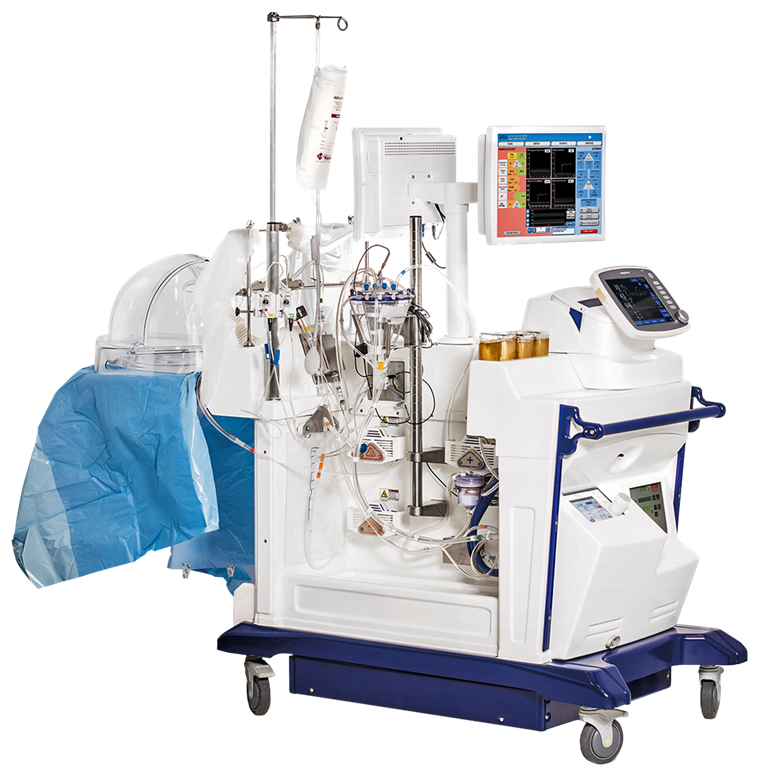Ex Vivo Lung Perfusion
Ex Vivo Lung Perfusion (EVLP) for Lung Transplantation at Northwestern Medicine
The Northwestern Medicine Lung Transplant program offers new hope to candidates on the lung transplant waitlist. Lung transplantation is a life–saving treatment for patients with certain types of end–stage lung disease. However, the procedure has limited availability because not all donor lungs are safe for transplantation. Ex vivo lung perfusion (EVLP) technology expands the pool of lungs that can be transplanted. This leads to shorter-than-average wait times for transplant candidates.
What is EVLP?
EVLP is an innovative therapy. It is applied to donor lungs outside of the body before they are transplanted. It improves organ quality. It also makes lungs safe for transplant that used to be considered unsuitable.
How does EVLP work?
 EVLP is used in lung transplantation. It determines if deceased donor lungs are the right quality before they are implanted into a recipient on the United Network of Organ Sharing (UNOS) waitlist. There is not an adequate supply of donor lungs. EVLP tests a marginal donor lung in an optimal environment before it is introduced into a recipient. This expands the pool of transplantable organs. As a result, EVLP reduces mortality and morbidity on the transplant waiting list. EVLP is not only the ideal setting for donor lung assessment and evaluation, but it also opens up possibilities for lung treatment in the future.
EVLP is used in lung transplantation. It determines if deceased donor lungs are the right quality before they are implanted into a recipient on the United Network of Organ Sharing (UNOS) waitlist. There is not an adequate supply of donor lungs. EVLP tests a marginal donor lung in an optimal environment before it is introduced into a recipient. This expands the pool of transplantable organs. As a result, EVLP reduces mortality and morbidity on the transplant waiting list. EVLP is not only the ideal setting for donor lung assessment and evaluation, but it also opens up possibilities for lung treatment in the future.
In EVLP, donated lungs are placed inside a sterile plastic dome attached to a ventilator, pump and filters for three to four hours. The lungs are kept at normal body temperature. They are treated with a bloodless solution that contains nutrients, proteins and oxygen. This can reverse lung injury and remove excess lung water. During the process, the healthcare team evaluates lung function on several indicators. Once they determine the lungs are suitable, they transplant the lungs into a waiting patient.
